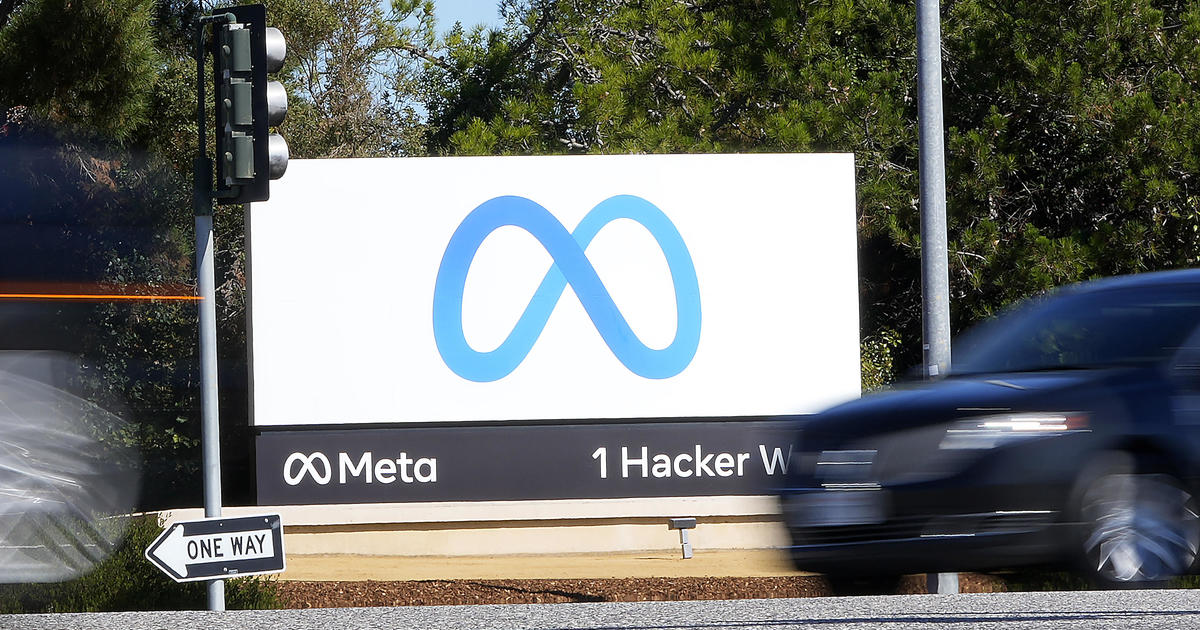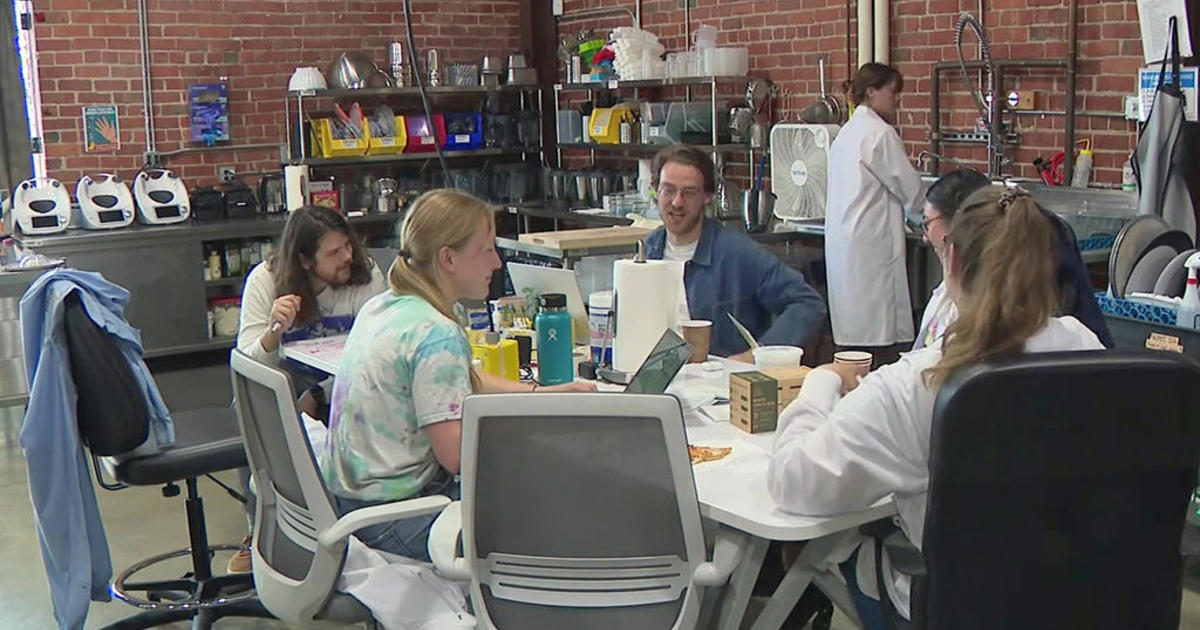Content creators, influencers worried about verification plans on social media platforms
SAN FRANCISCO -- Social media influencers who rely on platforms to run their business say they're worried about the trends these companies are following regarding verification and security as new services roll out this month.
Twitter started requiring users to pay for its Twitter Blue service on Monday to get two-factor authentication by text message. Meta Verified began testing in the U.S. late last week.
"I think verification loses its credibility because now anyone and everyone can be verified if they want, it's no longer an earned thing," said Allie Tong, a content creator who has built a large audience on Instagram with an account focused on food. "So to me it's kind of like what's the point of paying for verification, I don't think I would bother doing it."
Tong created the page in 2015. It started out as a hobby but now it's her full-time job. While @allie.eats currently has more than 106,000 followers, her account was not verified under the old system where you had to apply for it through the company. Tong is not motivated to pay for the new Meta Verified service that would give her the once highly coveted blue checkmark.
"I don't want to be shelling out money to get my posts seen but I'm also afraid that if I don't, am I just going to disappear?" she told KPIX.
Meta began testing out its new service in Australia and New Zealand for both Facebook and Instragram users. In addition to verifying your identity with a government ID and offering proactive account protection, the company also included prioritized comments and more opportunities for content to be recommended. The company told KPIX in an email that the feature was designed particularly for smaller creators.
Many users with large followings started to voice their concerns about the feature before it even launched, but a Meta spokesperson explained by email non-subscribers wouldn't see a noticeable drop in their reach.
"I would wait and see where they go with this and if there's pushback, because I feel like there's going to be pushback," Tong said ahead of the launch of Meta Verified in the U.S. "It's pretty bizarre to me, because I do feel like I would have to pay for it. Because my whole business is built on my online presence, so I can't afford to lose my account or have someone hack it or have someone duplicate it."
Meta began testing its verified service in the U.S. on Friday and sent another email to KPIX updating its approach to the feature. A company spokesperson said the same day they reviewed the feedback and decided to take more time before expanding the component on reach and visibility outside Australia and New Zealand.
"Didn't we learn from Twitter's mistakes? Why are we repeating exactly where Twitter went wrong?" Tong said.
The frustration users quickly expressed about Meta Verified was similar to the reaction Twitter Blue received when it first announced you could pay for a blue checkmark. The company relaunched the service in December 2022 saying it was making more of an effort to stop impersonation. Twitter also provided a gold checkmark for verified businesses and a grey checkmark for government accounts.
"The whole verification on Twitter became I think hugely problematic. The badge used to be that you knew you were following the right person, and this was an authentic account. Once someone could pay for that verification, that whole authentication thing was off," said Matt Cabot, a professor of public relations at San Jose State University. "People should be slow to believe and slow to retweet, we don't want to be in the misinformation business."
This week the company added another layer to its subscription service, limiting use of its two-factor authentication or 2FA service by text messages unless you were a Twitter Blue user. The feature is a helpful tool to prevent someone from hacking into your account and before Monday, 2FA was free to any user. It is still available for free if users find another authentication app created by a different company to link to their Twitter account.
Cabot says users should never have believed their data was completely secure before but as more services become a premium and there are two tiers of users, the public must take on more personal responsibility.
"If we believe everything we see without some sort of verification, we could be part of the problem as opposed to the solution," Cabot explained.
KPIX was unable to reach someone directly at Twitter to comment on the changes it's making to the platform. But the company's blog explained a month ago the new policy was coming soon and users would need to update their accounts.
"While historically a popular form of 2FA, unfortunately we have seen phone-number based 2FA be used - and abused - by bad actors," the blog post said on Feb. 15. "So starting today, we will no longer allow accounts to enroll in the text messages/SMS method of 2FA unless they are Twitter Blue subscribers."
The company gave users already enrolled in 2FA but not currently subscribing to Twitter Blue 30 days to make the necessary changes.
As Tong predicted, users have already started giving their feedback on these changes and the companies have listened to an extent. For an influencer who has built a following organically, she never forgets the impact they have on her work.
"The followers allow me to do this as my job so I'm just forever grateful," she said.





